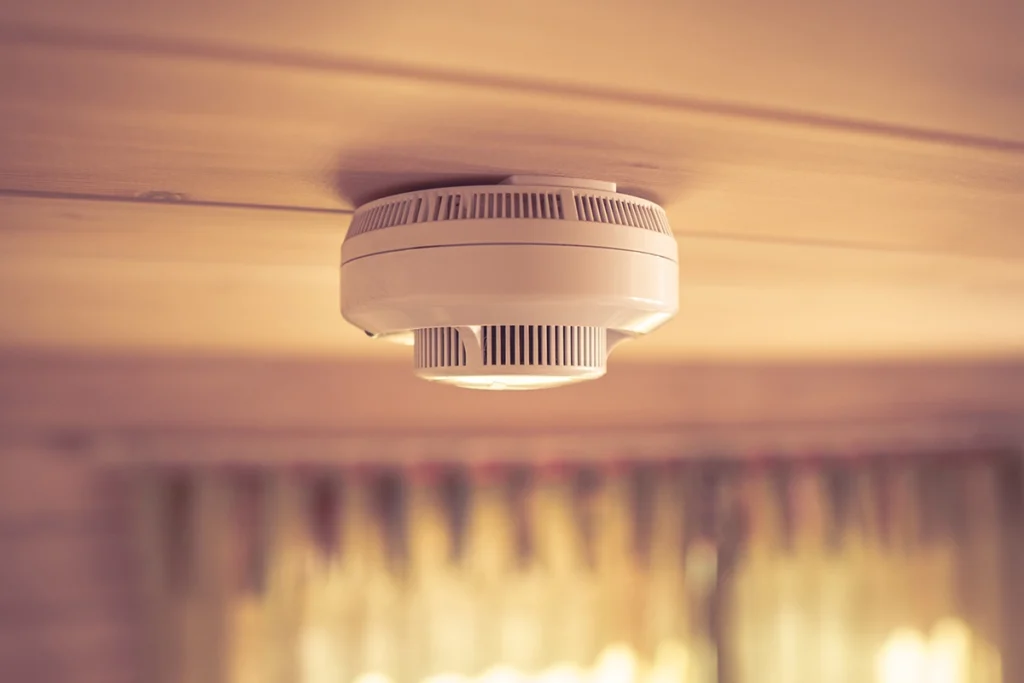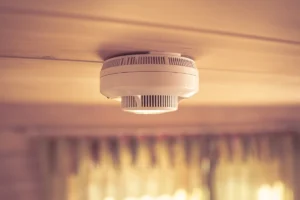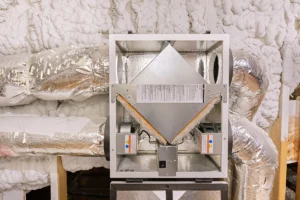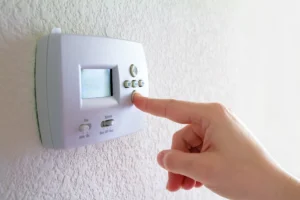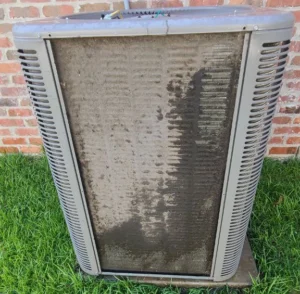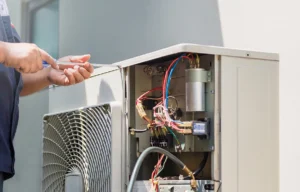One of the first questions homeowners ask when we bring up carbon monoxide is, what does carbon monoxide smell like? The honest answer is — it doesn’t smell like anything. Not a hint. Not a whiff. Nothing. That’s why carbon monoxide (CO) is so dangerous. You can’t smell it, taste it, or see it coming, which is why it’s earned the nickname “the silent killer.”
Because you can’t rely on your nose, you have to rely on prevention, alarms, and maintenance. After years of servicing furnaces, boilers, and water heaters, we’ve seen how quickly a small issue can turn into a big problem. Here’s what you need to know to keep your home safe.
What Does Carbon Monoxide Smell Like? The Facts
Let’s settle it right away — carbon monoxide is completely odorless. If you think you’d notice it in the air, you wouldn’t. This is why it’s so important to take steps to detect it.
For a bigger picture look at why indoor air quality matters, the EPA’s Indoor Air Quality guide explains how invisible pollutants can affect your health.
What Does Carbon Monoxide Smell Like? Watch for Symptoms
If you’re wondering what does carbon monoxide smell like, pay attention to how everyone feels inside your home. CO exposure often feels like the flu but with no fever.
Typical symptoms include:
-
Headaches that keep coming back
-
Feeling dizzy or lightheaded for no reason
-
Upset stomach or nausea
-
Shortness of breath while resting
-
Confusion, fatigue, or trouble focusing
If everyone starts feeling better when they step outside, take that as a serious warning sign.
5 Key Warning Signs That May Point to Carbon Monoxide
1. Everyone Feels Sick Indoors
This is one of the most overlooked clues. If the whole family feels off at home but fine elsewhere, don’t ignore it.
2. Pilot Light Is Yellow or Flickering
Gas flames should be steady and blue. If they’re yellow or dance around, your appliance may not be burning fuel completely.
3. Soot or Stains Near Gas Appliances
Black streaks or soot marks on or near your furnace, water heater, or fireplace can signal venting issues.
4. Stale or Heavy Indoor Air
Even a well-cleaned house can feel “off” if ventilation isn’t working right. That heavy, stuffy air can be a sign of trouble.
5. CO Alarm Going Off
If your carbon monoxide detector sounds, leave immediately. Don’t wait to see if it’s a false alarm — fresh air first, questions later.
How to Stay Ahead of CO Problems
Since you can’t smell CO, preventing it is the best approach:
-
Install CO detectors on every level of your home
-
Replace batteries twice a year and test monthly
-
Schedule annual HVAC checkups to catch problems early
-
Keep chimneys, flues, and vents clear year-round
-
Never run a car, generator, or grill in an enclosed space
The NFPA’s Heating Safety Tips are a good seasonal reminder, and Ready.gov’s winter weather checklist is helpful before storms hit.
Why Professional Maintenance Is Worth It
We can’t tell you how many times we’ve caught a cracked heat exchanger during a routine furnace tune-up. Left unchecked, that could have leaked CO into the home. Regular maintenance lets us check burners, heat exchangers, vent pipes, and safety controls to make sure they’re all working correctly.
Besides keeping your family safe, tune-ups also improve efficiency and help avoid surprise breakdowns. It’s a lot cheaper to service equipment on your schedule than replace it in an emergency.
Don’t Wait for a Close Call
Many people don’t think about carbon monoxide until after an incident. Be proactive instead. Install alarms, watch for symptoms, and keep up with inspections.
Final Thoughts: What Does Carbon Monoxide Smell Like?
So, what does carbon monoxide smell like? Absolutely nothing — and that’s exactly why alarms and regular maintenance are critical.
At Sub Zero Temp Control, we work with homeowners across Vancouver, WA and nearby areas to keep their homes safe, warm, and efficient. Contact us today to schedule your maintenance and take one worry off your list.


